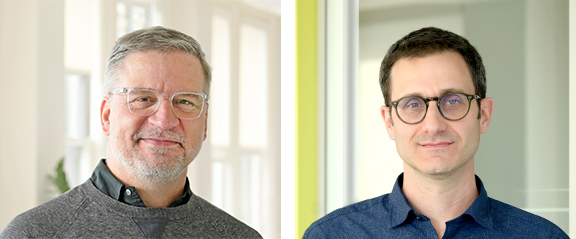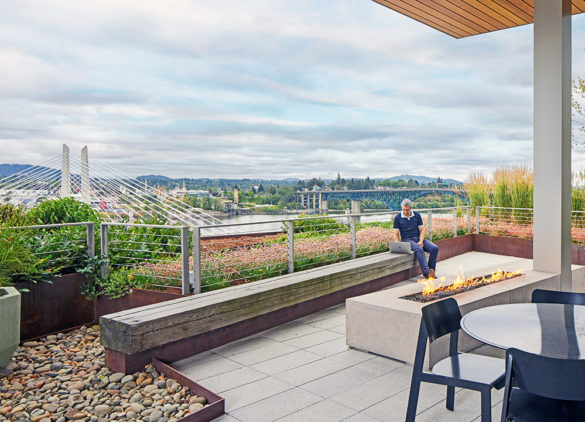Reflections by Margaret Drew, Mayer/Reed Designer
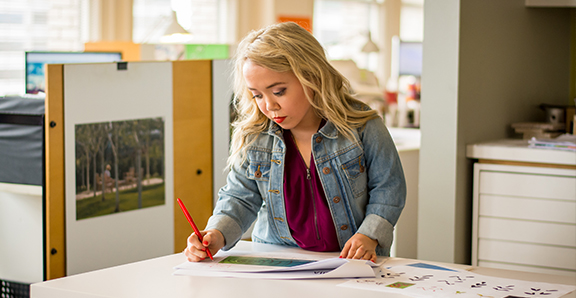
I’m 3’6”. Life at this altitude has given me a unique perspective on the built world and inspired me as both a designer and an advocate for disability rights. For those of us in the design world, the Americans with Disabilities Act (ADA) is a familiar standard; the civil rights law prohibits discrimination against individuals with disabilities in all areas of public life, including jobs, schools, transportation and guarantees access to public and private places that are open to the general public. On July 26, 2022, the ADA celebrated its 32nd anniversary. This year, I turned 33. It’s humbling to know that I am the last generation born before this groundbreaking act was signed into law.
I was born with a rare form of Dwarfism called Kniest Syndrome – a type of skeletal dysplasia that affects stature, joints, hearing and sight. In a single moment, my parent’s perspective on societal norms, healthcare and infrastructure shifted as they came to the stark realization that my life would undoubtedly contain physical barriers and discrimination. Fortunately for me, my family, and the 43 million Americans with disabilities at the time, the ADA was passed in the summer of 1990. With the stroke of a pen, my life and the built world around me began to change. For the first time ever, doors were figuratively and literally being opened for people with disabilities.
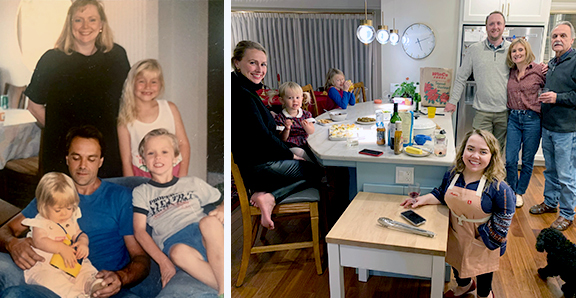
The signing of the ADA was a historical declaration of equity and equality – a request by millions to be seen, heard and respected. It was a national reckoning led by advocates with disabilities and allies who could no longer stand the injustice of discrimination. Real change is much more than a single act – it is the sum of many parts – and on this anniversary, I find myself thinking about the years of personal moments, countless conversations, interactions and relationships that paved the way for this significant milestone and that continue to inspire change today. The effects of the ADA are still rippling through our country and beyond. Since 2000, 181 countries have passed disability civil rights laws inspired by the ADA. Currently, designers and advocates are beginning to look beyond ADA requirements to develop new design concepts and details that consider a broader definition of disability.
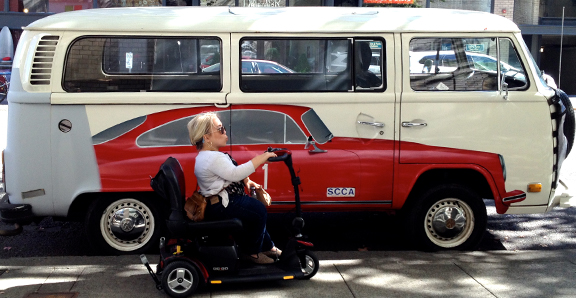
Don’t get me wrong, life with a disability and the ADA is still fraught with challenges and oppression, both physically and socially. My mobility scooter and I are met with countless stairs, a lack of neighborhood curb cuts and gravel trails too deep for wheels; I still cannot reach parking meters and public restroom sinks or attain reliable accessible transportation. While access is legally guaranteed by the ADA, the built world is slow to change, and all too often those of us in the disability community are left to advocate for such change ourselves. It is not always straightforward or easy to get things done, yet we persist!
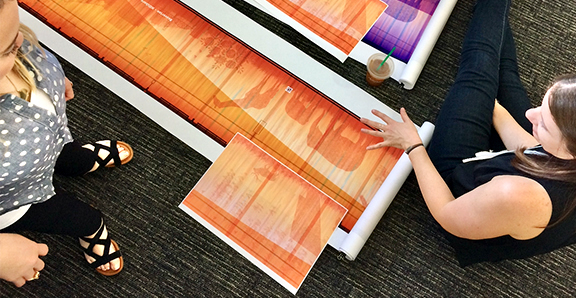
My life experience, the support of my family and friends and my career at Mayer/Reed have instilled in me a passion for design and the accessibility it can provide. I live each day with the hope that even the smallest change will lead to more, and the ripples from the ADA will continue expanding in new directions. Disability touches all of our lives in one way or another and I encourage designers to see their role in creating more thoughtful and inclusive spaces and to embrace each opportunity to make an impact. Design can be the driving force of change, and with that in mind, anything is possible!

